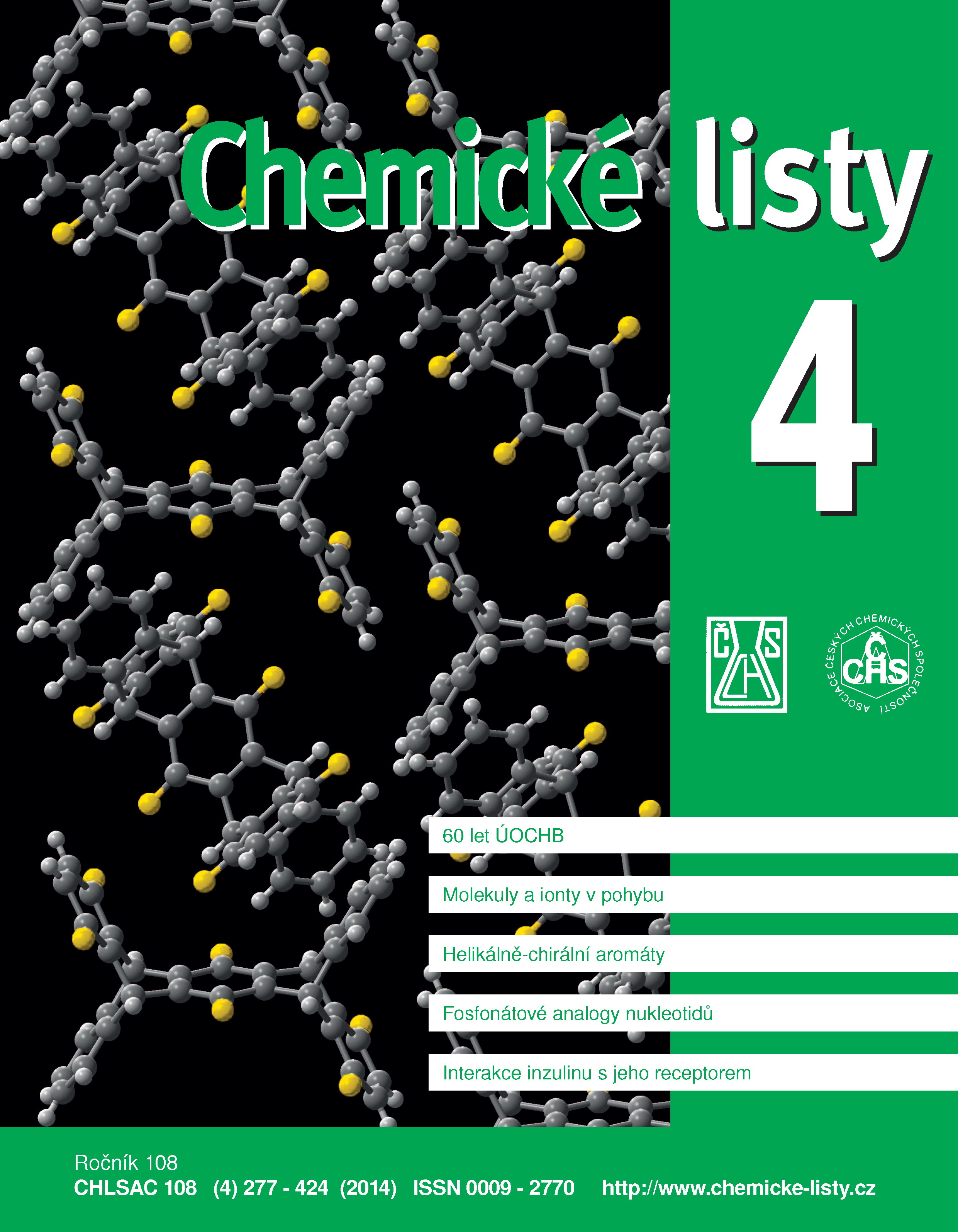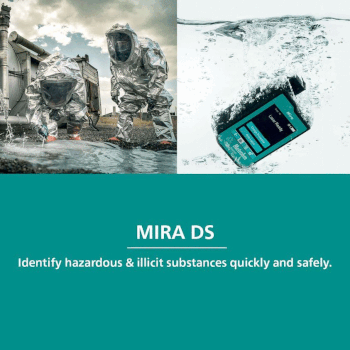The Role of Acyclic Nucleoside Phosphonates as Potential Antimalarials
Keywords:
acyclic nucleoside phosphonates, prodrugs, antivirals, malaria, antimalarial properties, Plasmodium, HG(X)PRT, 6-oxopurine phosphoribosyltransferase, enzyme inhibitorsAbstract
Acyclic nucleoside phosphonates (ANPs) are a recognized class of antiviral and anticancer agents. Since the discovery of ANPs in the mid-1980s, ANPs have gained recognition in pharmaceutical research. Approvals of cidofovir (Vistide®) in 1996 and especially of tenofovir (disoproxyl fumarate, Viread®) in 2001 were important milestones in research of ANPs. It became clear that this class of antivirals has a full potential for the use in human medicine. The biological activity of ANPs is not restricted to antiviral and anticancer effects. This review highlights novel types of ANPs with antimalarial properties. The malarial parasites Plasmodium falciparum (Pf) and P. vivax (Pv) lack de novo pathway for synthesis of purine bases and rely on a salvage pathway enzyme, hypoxanthine-guanine-(xanthine) phosphoribosyltransferase (HG(X)PRT) for the synthesis of 6‑oxopurine nucleoside monophosphates. Specific ANPs can act as analogues of the enzymatic reaction products. They inhibit PfHGXPRT and/or PvHGPRT and show an antiplasmodial activity in vitro. In particular aza-ANP and bisphosphonate analogues were shown to become promising potential antimalarials.





